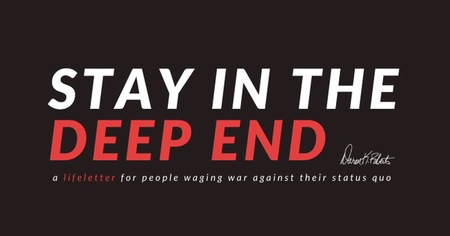Employee retention is particularly important now that millennials, who are known for job-hopping through the market like they're practicing firewalking, are entering the workforce.
"You have young people growing up with technology that constantly changes," said Lorraine Medici, Director of Training and Development, Express Employment Professionals of Grand Rapids, Michigan. "It's a generation growing up with the mindset, 'What's next?'"
But it's not just millennials.
Most employees—no matter their generation—like to feel valued. Salary and benefits are important and all, but so is employee engagement.
"Your No. 1 focus is the people you hire," Medici said. "When you take care of them, they'll naturally take care of your business."
Rather than conducting an exit interview, hear your employees' voices while they're still with your organization and conduct a stay interview.
What is a stay interview?
Similar to routine doctor appointments, the purpose of a stay interview is to check in with an employee. "To take a pulse of what's going on," Medici said. Stay interviews are periodic, one-on-one meetings between a manager and an employee structured to identify—and then reinforce—the factors that drive an employee to stay with a company.
When do you conduct a stay interview?
Medici recommends conducting stay interviews at least four times in an employee's first year (at three, six and nine months, and at one year). Once an employee is a little more seasoned, twice a year.
You might consider conducting a stay interview earlier than scheduled if you notice changes in an employee that hint at discontent—such as a decreased quality of work, watching the clock or disengagement with co-workers.
It may not be business. It could be personal. But it's a good idea to check in. At the very least, it shows you care.
How do you conduct a stay interview?
1. Make your intentions clear.
Tell your employees why you're conducting a stay interview: You want them to stay. Sharing the purpose behind the meeting will encourage employees to prepare for—and invest in—the meeting.
2. Ask tough questions.
Ask questions about the position, the organization and yourself.
For the position, you might consider:
What do you get to do in your job every day that you enjoy most?
What things cause you the most frustration or anxiety in your position?
What talents are you using in your job?
What talents are being underutilized in your job?
For the organization, consider:
What do you like about working here?
What challenges do you have working here?
And in regard to your leadership:
What can I do to best support you?
3. Respond.
If you value an employee, respond to any questions and concerns that came up in the interview, so your employee knows his or her voice is heard. It might be something minor—such as an adjusted lunch break. Or it could be something a little more monumental—such as shifting your employee's skills elsewhere in the company.
You may not be able to change everything, but at least let your employee know you tried.
And some situations can't be helped. If an employee is unhappy in his or her position—and it's not in your organization's best interest to accommodate a change—use your influence to help your employee find work somewhere he or she could excel.
Written by Cassie Westrate, staff writer for Serendipity Media.




